Changes in Style & Technology in Wedding Photography
Wedding photography isn’t what it used to be: It’s better. The industry, while saturated, has still become a place where professionals can talk about “art” and “wedding photography in the same sentence. That’s a big deal when it comes to producing appreciated work from a photographer (and *gasp* client) perspective.
Last month Shutterbug magazine highlighted the business end of wedding photography, which has brought big changes in style & technology. Important stuff, pertinent for seasoned pros and newbies alike.
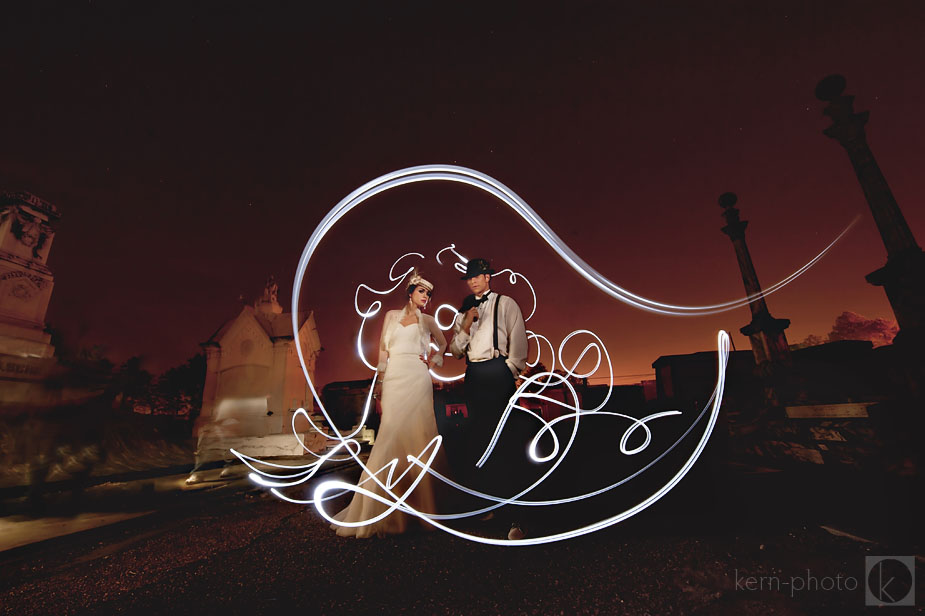
As a proponent of pushing the creative boundaries (above image created in a New Orleans graveyard after midnight), I like to break creative rules with intent, but with respect for those who went before me. Regardless of style, remember what matters most to your client and don’t forget impacts of how social media can influence your business. Maria Piscopo created a great article and I wanted to share her questions with my responses:
1. What are the biggest industry change you have seen in wedding photography business in the last few years:
Photographers who will be the big names in three years might be picking up a camera for the first time today. That’s exciting! The technical learning curve has become easier, but differentiating your marketing has become even more difficult. Complacency in a particular mind-set or style will make you a dinosaur. Reinvent yourself each year by exploring new lighting techniques and shooting styles. Either you are getting better, or worse. There’s no such thing as hitting a plateau.
2. Regarding marketing tactics, what works best for finding wedding photo clients, given the different marketing tools available?
I find marketing is best done when you humanize yourself and share who you are on your website blog. Be authentic. No one else can be you and that’s your biggest asset in this business. Hands down, this is the single most effective marketing strategy for me.
Share and help others in your industry by writing tutorials to benefit others. Not only will that make you the expert, but there’s sustaining value that helps others. Be generous with your talents to help develop sustaining relationships. Participating in fundraisers or charity benefit events, for example, can help open doors and you never know what will come back to you in work.
The temptation at the beginning is to not specialize and take on any job that comes your way. Realize you are not the perfect photographer for everyone. Also, if you receive an inquiry for a date which you are booked, call on another photographer friend that you trust does good work. Ask them if they are available first, then get back to the client quickly. You become the expert and you never know if one of their friends ends up booking you for another date simply because you helped out the previous client.
Know who your competition is make be genuine friends with them. About 25 percent of my bookings come from referrals from my wedding photographer friends, my competition. For me, I focus on weddings, but if a potential client comes to me looking for maternity or senior portraits I will generally refer a friend who specializes in this kind of work. Happy clients are the best form of referrals.
Finally, learn how to use your Facebook page to its maximum effectiveness. For example, “tagging” your clients on Facebook creates viral marketing that people love!
3. What recommendations would you make to a photographer looking to make a career move into this field?
Keep a day job until you’ve reached to the point you can no longer afford not to move full-time, meaning the extra time limits your ability to build the photography business and get your work done effectively. Learn to do what you do best and delegate the rest. Most wedding photographers excel at shooting, but fall short in bookkeeping, post-production image editing, taxes, print fulfillment, or album design.
Attend at least one smaller conference in your first year of business and focus on understanding the work for at least 10 other photographers. Pick and choose what they might do which is most suitable for your style. Do not take a solo workshop from someone you just admire, which might have a tendency influence your style becomes a copycat style, one that does not reflect who you really are and the art you are meant to create.
Adopt a solid workflow that allows you to shoot more and spend less time in front of the computer. I strongly suggest taking a daylong workshop covering an efficient workflow, which seems to be the bottleneck for most photographers. Jared Platt’s “Lightroom Workshop” taught me how to complete post-production in six hours.
A few of the published images, representing my awesome clients: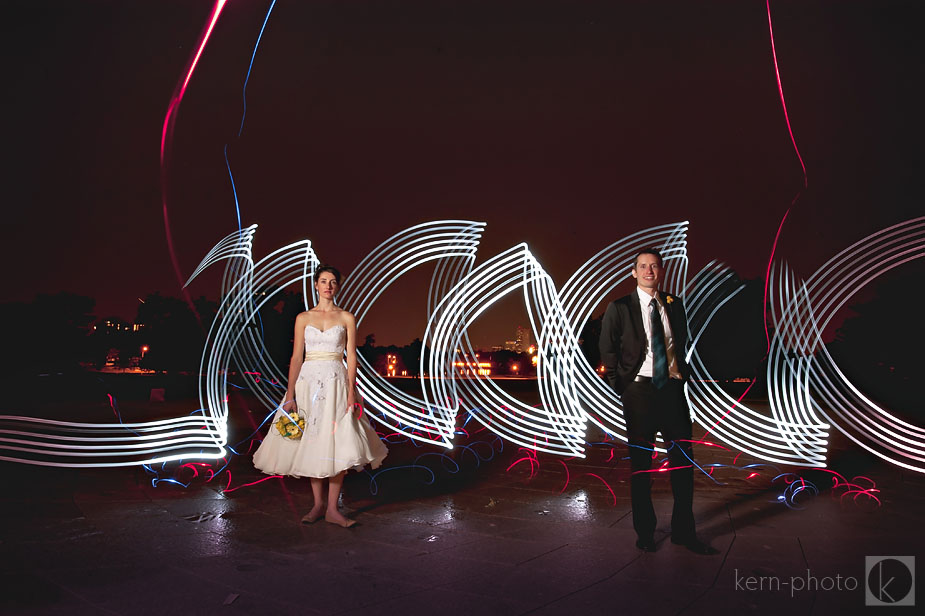
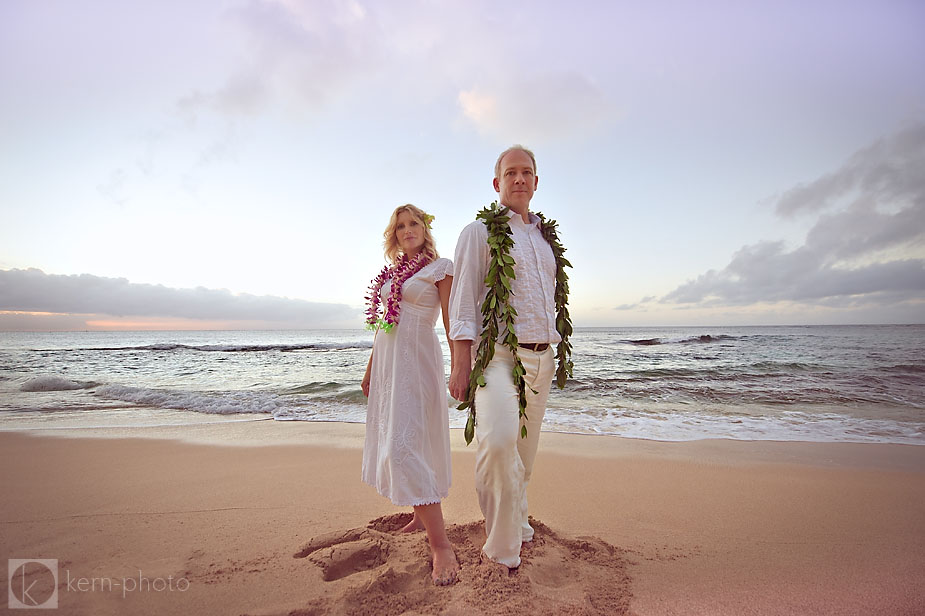
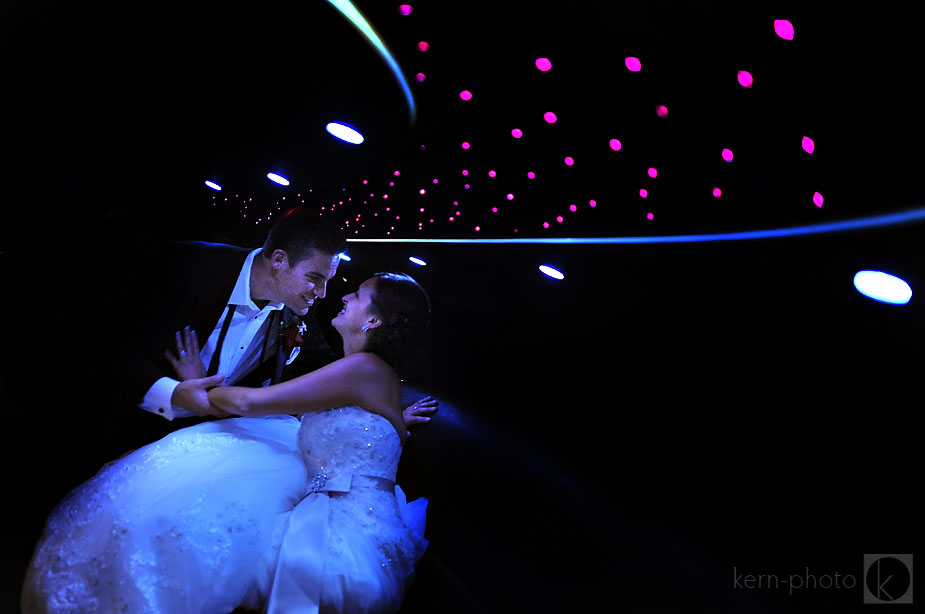
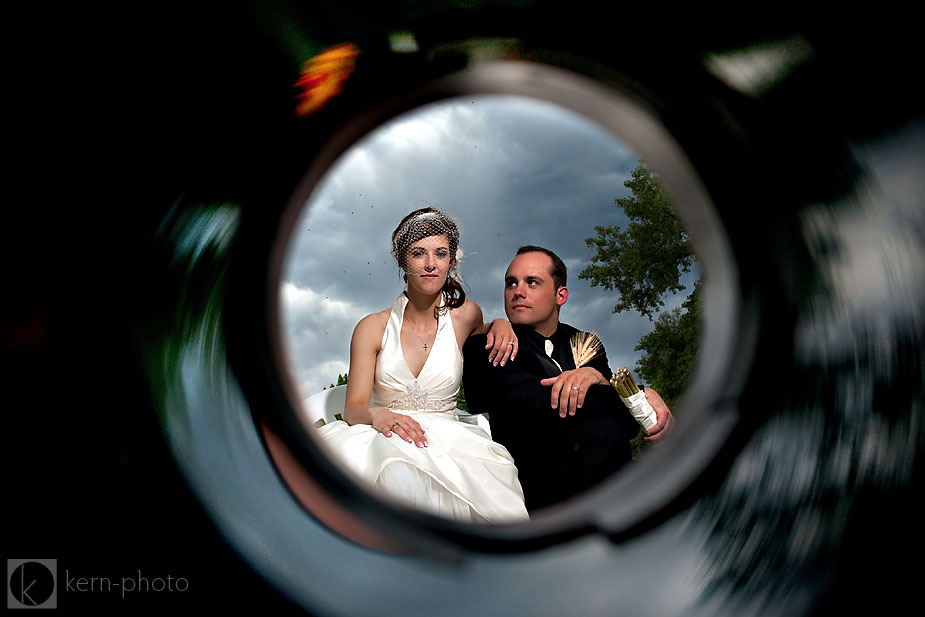






Pingback: Lightpainting Tips, Secrets Disclosed? | Kern-Photo
Pingback: Lightpainting Mentoring for Weddings and Portraits | Kern-Photo
Pingback: How to Lightpaint in a gold mine {Day & Night} | Kern-Photo
Pingback: Family Photos with D700 vs F100 {film vs digital} | Kern-Photo
Pingback: Business advantages of Medium Format vs DSLR » Kern-Photo - Kern-Photo
Pingback: Cinematic Portraits » Kern-Photo - Kern-Photo